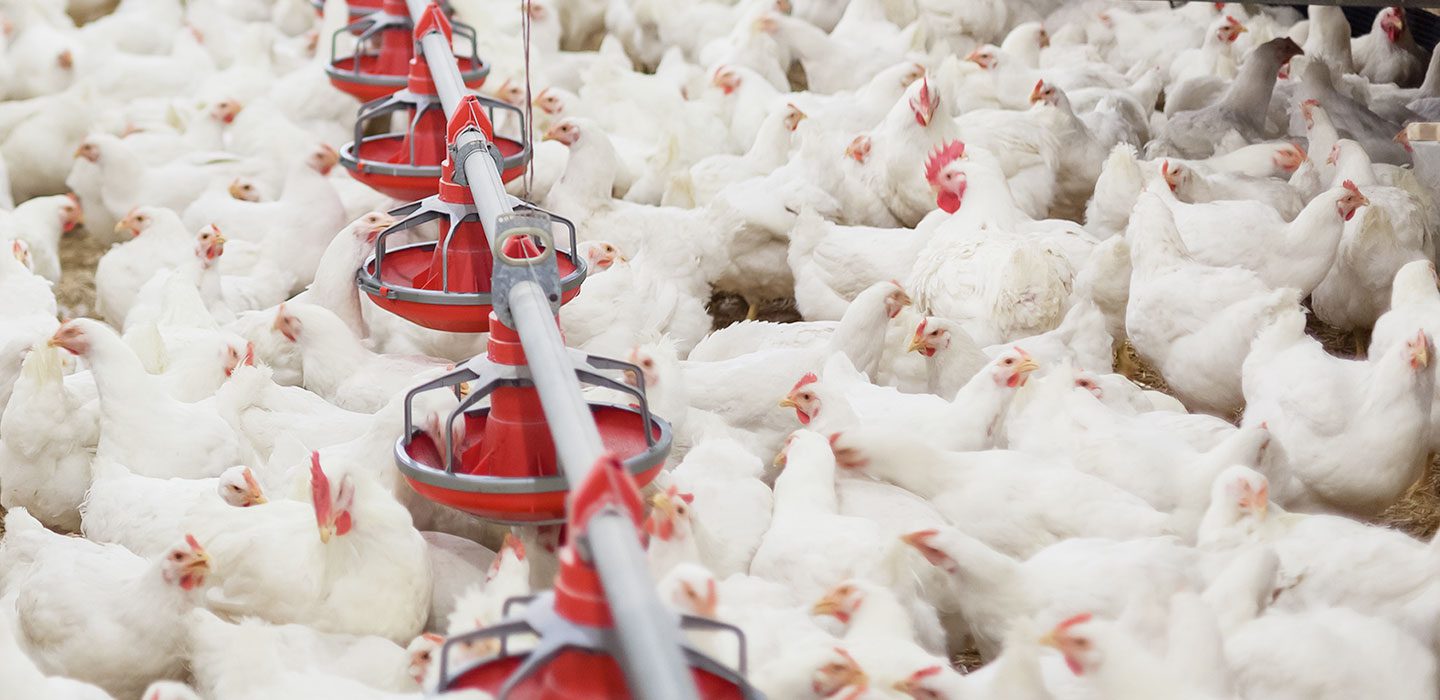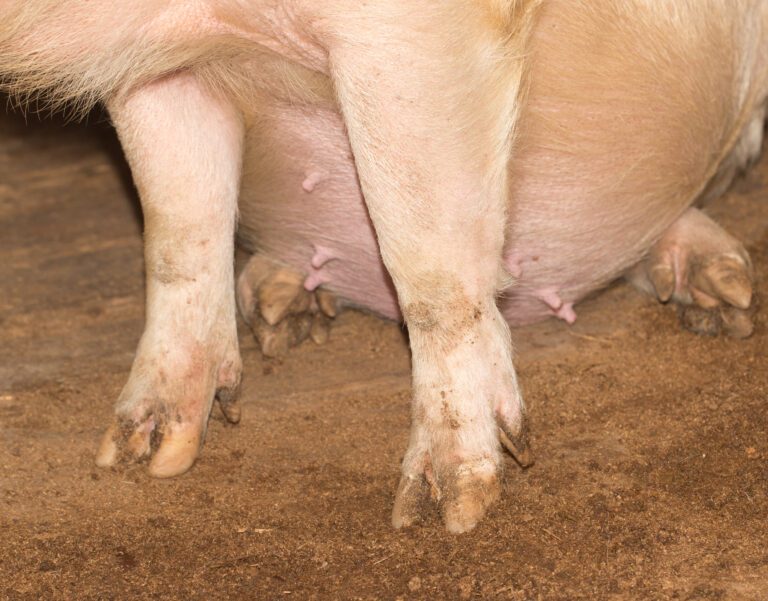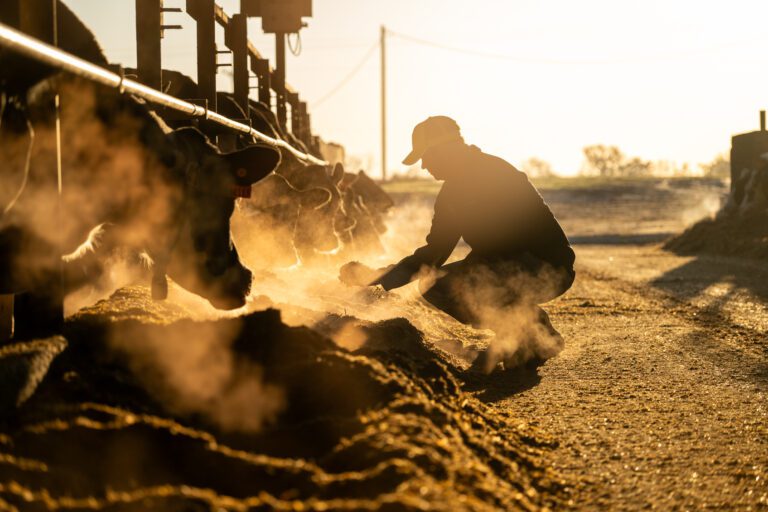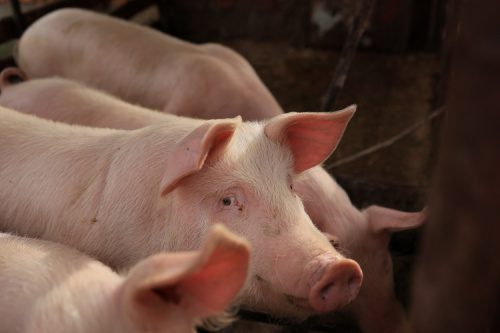The Hyperprolific Sow: Nutritional and Management Keys to Unlock Productivity

In recent decades, genetic advancements have transformed the modern sow into a hyperprolific animal, capable of delivering larger litters than ever before. While this genetic potential offers opportunities for increased productivity, it also presents significant challenges in nutrition, management, and animal welfare. Dr. Antonio Palomo Yagüe, a renowned expert in swine nutrition and reproduction, explores these dynamics in the opening chapter of “Nutrition of Hyperprolific Sows.”
Balancing Prolificacy with Piglet Viability
Litter size has become a key metric in evaluating farm productivity. However, as Dr. Palomo highlights, the increase in total piglets born often correlates with reduced average birth weights and greater variability within litters. This shift can compromise piglet vitality, leading to higher rates of stillbirths and lower survival post-weaning.
Modern hyperprolific sows tend to be leaner, with reduced body fat reserves. While they exhibit enhanced milk production potential, their voluntary feed intake has not scaled proportionally. This mismatch often forces sows to mobilize body reserves during lactation, impacting reproductive performance and longevity.
The Crucial Role of Nutrition Across All Phases
Dr. Palomo emphasizes that optimizing lifetime productivity requires a holistic nutritional strategy—from gilt development through gestation, lactation, and post-weaning. The high metabolic demands associated with larger litters necessitate precise nutritional strategies to support sow health and optimize reproductive performance. Additionally, the increased physiological stress can impact sow longevity and welfare, requiring comprehensive management approaches to ensure sustainable productivity. Proper nutrition is not about maximizing inputs but maintaining balance to support body condition, fertility, and piglet growth.
Colostrum intake remains critical. Up to 70% of piglet losses during lactation occur within the first three days of life, often due to insufficient colostrum consumption. Environmental management, sow health, and nutritional status directly influence colostrum quality and quantity, impacting piglet survival and long-term performance.
Reproductive Efficiency: More Than Just Numbers
Beyond nutrition, reproductive management plays a pivotal role in harnessing the potential of hyperprolific sows. Dr. Palomo outlines key areas such as estrus detection, insemination timing, and the prevention of common reproductive failures like returns to estrus, abortions, and stillbirths.
He also highlights the growing concern of sow longevity. Excessive body condition loss during lactation is linked to reduced fertility, smaller subsequent litters, and increased culling rates. Managing feed intake to minimize excessive mobilization of fat and muscle is essential for sustaining reproductive performance across multiple parities.
Conclusion: A Call for Integrated Management
The evolution of the hyperprolific sow demands that producers, nutritionists, and veterinarians adopt integrated strategies that align genetics, nutrition, management, and welfare. This holistic perspective is essential for maintaining the health and productivity of hyperprolific sows in modern farming systems. As Dr. Palomo articulates, success lies not only in achieving larger litters but in ensuring those piglets thrive—while maintaining sow health and longevity.
Want to dive deeper into the challenges and solutions for hyperprolific sow management? Get your copy of Nutrition of Hyperprolific Sows and explore expert insights from leading swine specialists.
References
- Ocepek, M. 2017. Impact of litter size on piglet viability in hyperprolific sows. J. Anim. Sci. 95(3):1125-1134. doi:10.2527/jas2017.0456
- Quesnel, H. 2019. Factors affecting colostrum production in sows. J. Anim. Sci. 97(2):803-815. doi:10.1093/jas/sky488
- Quiniou, N. 2012. Variability in piglet birth weight and consequences on survival. J. Anim. Sci. 90(1):288-295. doi:10.2527/jas2011-4567
- Wang, J. 2017. Colostrum intake and passive immunity transfer in piglets. J. Anim. Sci. 95(5):2342-2350. doi:10.2527/jas2016.0923

Intelligent Nutrition for Your Business
More science. More insight. More inspiration. More ways for you to feed the world.




